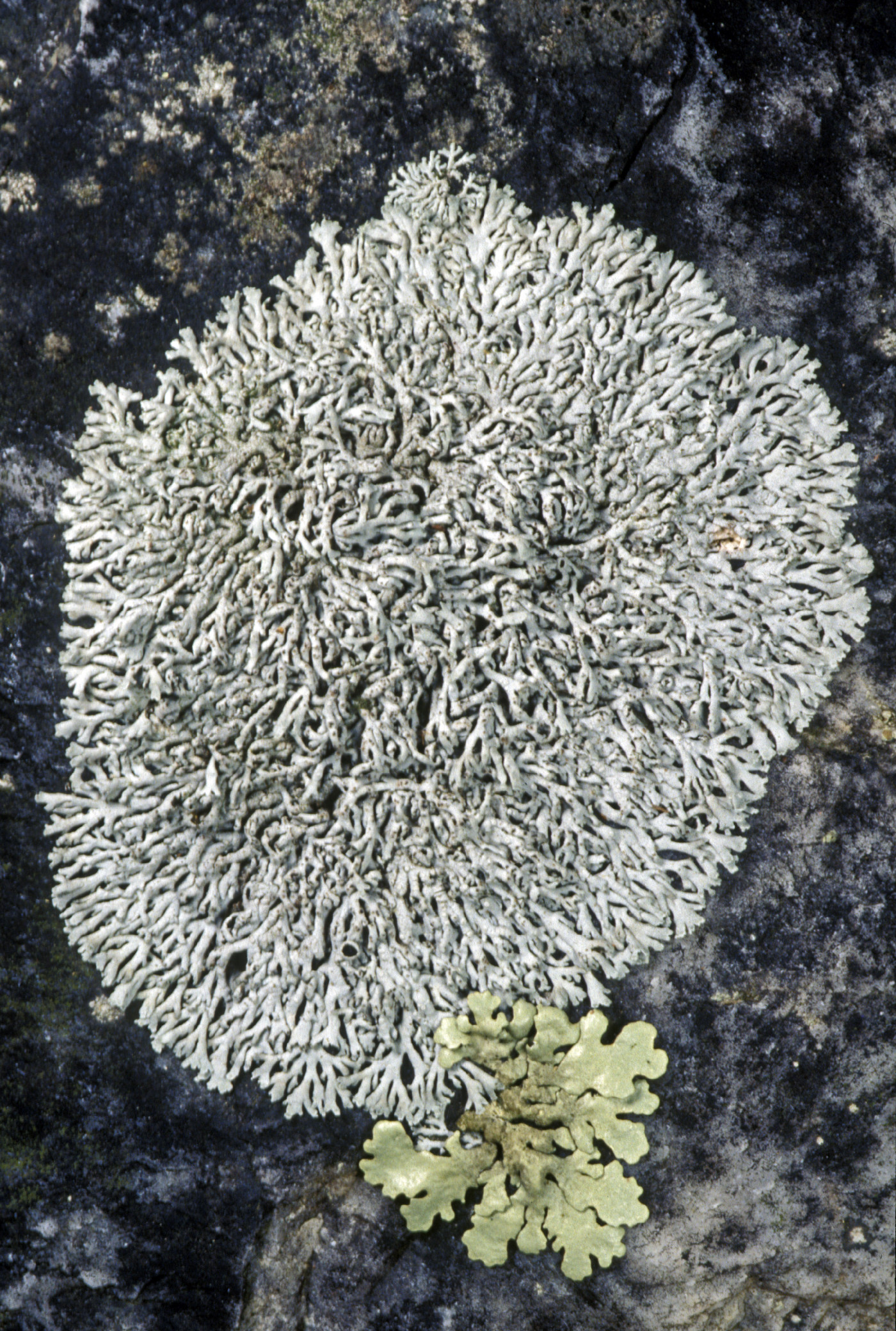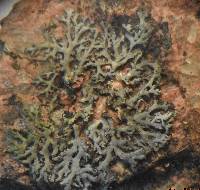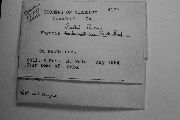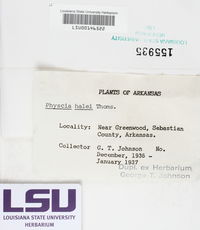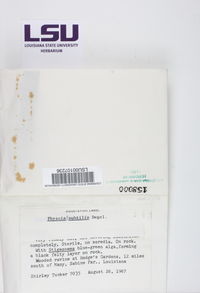
Consortium of Lichen Herbaria
- building a Global Consortium of Bryophytes and Lichens as keystones of cryptobiotic communities -
- Home
- Search
- Images
- Species Checklists
- US States: O-Z >
- US National Parks
- Central America
- South America
- US National Parks
- Southern Subpolar Region
|
|
|
|
Family: Physciaceae
|
Nash, T.H., Ryan, B.D., Gries, C., Bungartz, F., (eds.) 2002. Lichen Flora of the Greater Sonoran Desert Region. Vol 1. Thallus: orbicular to irregular, up to 3 cm diam., loosely to firmly adnate lobes: up to 1 mm wide, margins mostly crenulate, eciliate upper surface: whitish gray to dark gray or cream-colored, with darker margins, mostly shiny and epruinose; without soredia or isidia upper cortex: paraplectenchymatous with rounded cells medulla: white lower cortex: paraplectenchymatous with rounded cells lower surface: white to brownish gray, often weakly rose colored Apothecia: common, up to 2 mm diam., usually around 1 mm; margins: crenulate; disc: dark brown to black, without pruina ascospores: brown, 1-septate, intermediate between Physcia- and Pachysporaria-types, (14-) 15-17 (-18.5) x (7.5-) 8-9.5 (-11) µm Pycnidia: usually numerous, immersed conidia: cylindrical, 3-4 x 1 µm Spot tests: upper cortex K+ yellow, C-, KC-, P+ yellow; medulla K-, C-, KC-, P- Secondary metabolite: upper cortex with atranorin. Substrate and ecology: seeming to prefer ± acid rocks in open situations World distribution: rather limited distribution in southern North America Sonoran distribution: a relatively common species at intermediate elevations in Arizona, Chihuahua and Sonora and less commonly in Baja California and Baja California Sur. Notes: Physcia halei is evidently the fertile counterpart of P. tribacia. It is in some modifications similar to P. cinerea but has a different chemistry lacking zeorin and additional triterpenes. |
Powered by Symbiota

